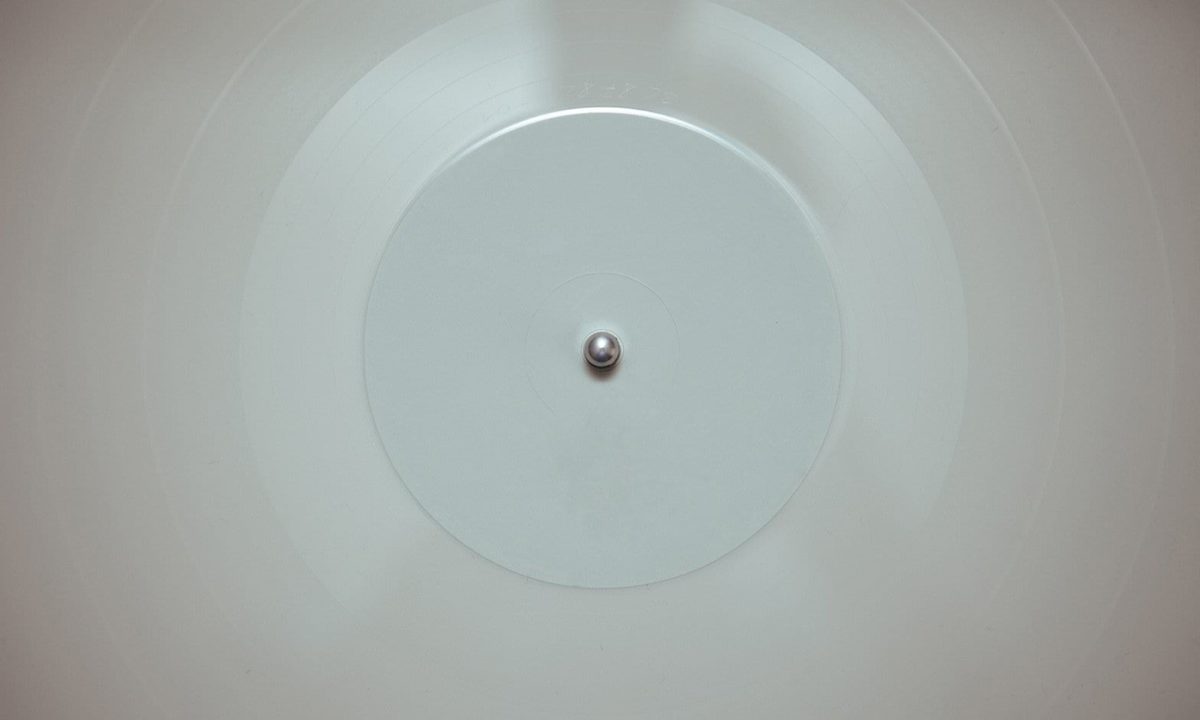- Use manual focus if you can.
- Keep it tidy.
- Shoot. A LOT.
- Don’t be afraid of flash.
- Move the subject, not the camera.
- Try the effect of different backgrounds.
- Fine-tune your composition.
- Deal with the depth of field dilemma.
- Start parallel, but experiment with different angles.
- Stabilize your camera as much as possible.
1. Use manual focus if you can. If you’re using a point-and-shoot camera manual focus isn’t going to be an option, but if you’re using a DSLR you can get the best macro shots by doing the focusing yourself, rather than relying on your camera’s autofocus capability.
2. Keep it tidy. When you’re shooting macro, everything shows up. Dust, pet hair, and fingerprints that you can’t even see with the naked eye suddenly become annoyingly ultra-visible in close-up, highly magnified photos.
3. Shoot. A LOT. The old saying “practice makes perfect” is particularly applicable to macro photography. Though the actual steps you take are the same ones you take in any other form of photography, the fact that you’re shooting tiny objects from a very close distance puts a new and different spin on everything.
4. Don’t be afraid of flash. Because macro photography involves very small apertures that restrict light, flash can be invaluable, especially when shooting outdoors with no supplemental lighting.
5. Move the subject, not the camera. When you’re shooting a staged subject, get your camera fixed and don’t move it. Once you’ve got your shot framed, light balanced, and well in focus, keep your camera exactly as it is and make any adjustments to your vignette by moving the subject.
6. Try the effect of different backgrounds. Obviously, this isn’t going to be an option if you’re shooting outdoors, but if you’re shooting vignettes you’ve set up on an indoor surface, try using different backgrounds – you might be surprised at the variety of effects you get.
7. Fine-tune your composition. Don’t depend on post-processing to create your optimum image – compose your best shot in the camera. Experiment with your point of focus; sometimes the most minute change will give your subject a whole different look and create an entirely different effect.
8. Deal with the depth of field dilemma. The closer you get to your subject, the shallower the depth of field (the region of sharp focus) becomes, and this effect can make it very difficult to get your entire subject in focus. If you’re using a point-and-shoot camera, there’s nothing you can do about this, but if you’re using a DSLR camera, you can increase the depth of field by decreasing your aperture (choosing a larger f-number).
9. Start parallel, but experiment with different angles. Generally speaking, it’s a good idea to start shooting at an angle that puts the face of your lens parallel with the most important details of your subject; this will increase your subject’s focus area and make it easier to get more of your subject in sharp detail.
10. Stabilize your camera as much as possible. Use a tripod and a remote shutter release, or at least set up your shots so that your camera is a stable as you can make it. The blurring effects of even the tiniest movements are exaggerated at high magnification and very close range, so keeping your camera as motionless as possible is key to getting the best shots.
